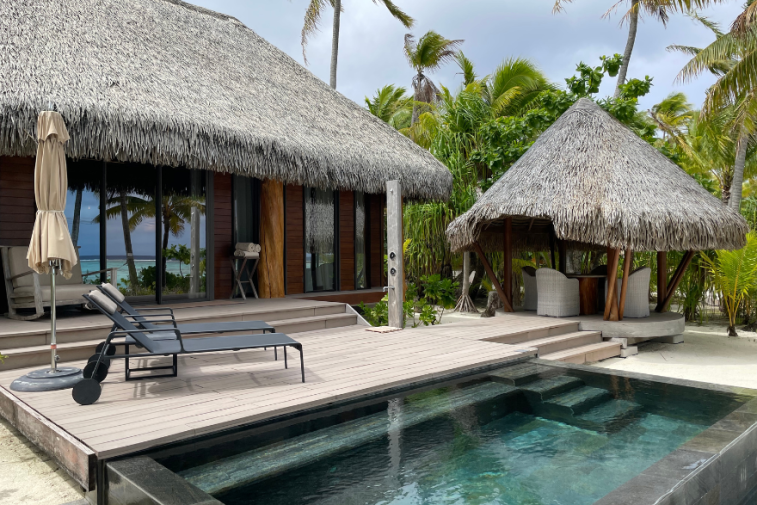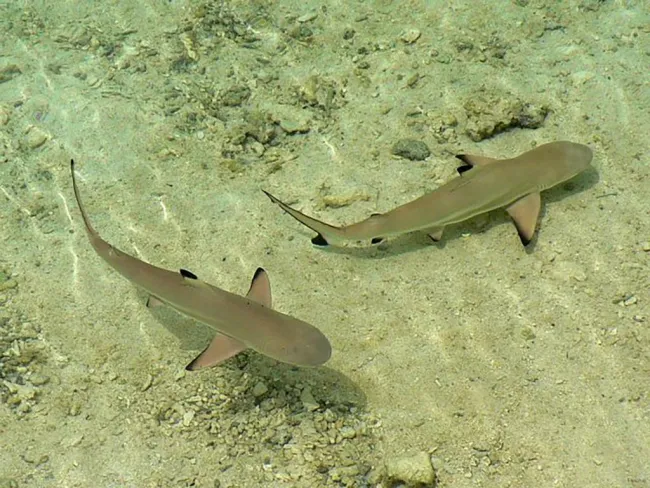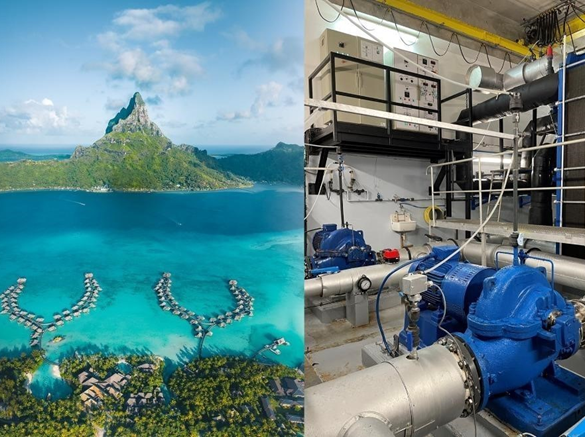The Brando: Where Luxury Meets Marine Conservation – A Biologist's Perspective

Imagine stepping off a small, electric plane onto an island where the air smells of hibiscus and the turquoise water shimmers under a South Pacific sun. Not just any island, but Tetiaroa, Marlon Brando’s atoll, now home to The Brando – a luxury resort built on a foundation of environmental respect. As a marine biologist, Dr. Kai Ishikawa, I wasn't here for a typical vacation; I was here to dive deep, literally and figuratively, into their commitment to sustainability. My week-long stay was dedicated to assessing the health of the coral reef surrounding the atoll and evaluating the resort's eco-friendly technologies and conservation programs. What I discovered was a truly remarkable blend of luxury and environmental stewardship.
An Island Oasis: More Than Just Luxury
The Brando isn't just another five-star resort; it's a meticulously designed ecosystem of sustainable practices woven into a fabric of unparalleled luxury. The villas themselves are a testament to this ethos, constructed from natural materials and designed to seamlessly blend into the lush surroundings. Each one feels private and secluded, offering breathtaking views of the lagoon and the endless horizon. Some even feature overwater bungalows with glass floor panels, providing a mesmerizing glimpse into the marine life below – a constant reminder of the vibrant ecosystem that the resort is dedicated to protecting. Evenings here are magical; the warm, golden light of sunset reflecting off the calm lagoon creates an unforgettable ambiance.
The Ingenious Seawater Air Conditioning (SWAC) System
One of the most impressive examples of The Brando's commitment to sustainability is its Seawater Air Conditioning (SWAC) system. This innovative technology leverages the naturally cold water found deep beneath the ocean's surface to cool the entire resort, significantly reducing its reliance on traditional, energy-intensive air conditioning systems.
"The SWAC system is an ingenious feat of engineering," I observed. "By drawing cold water from depths of 935 meters, they are able to cool the entire resort with minimal energy expenditure. This drastically reduces their carbon footprint and minimizes reliance on traditional air conditioning systems." The system works by pumping the frigid water through a heat exchanger, cooling freshwater that is then circulated throughout the resort. This process requires significantly less energy than conventional air conditioning, making a substantial difference in The Brando's overall environmental impact.
Powering Paradise with Coconut Oil
Beyond the SWAC system, The Brando also boasts a coconut oil power plant, further minimizing its dependence on fossil fuels. Visiting this facility was a truly eye-opening experience.

The rhythmic hum of the coconut oil power plant is a constant reminder of The Brando's commitment to renewable energy. Imagine rows of gleaming generators fueled by the fragrant oil extracted from coconuts grown right here on the atoll. It's a truly sustainable cycle. The coconuts are harvested locally, processed into oil, and then used to generate electricity. The byproduct of this process is then used as fertilizer for the coconut trees, completing the cycle. This closed-loop system significantly reduces the resort's carbon footprint and promotes local agriculture.
Partnering for Preservation: The Tetiaroa Society
The Brando’s dedication to environmental stewardship extends beyond its own operations. The resort actively supports the Tetiaroa Society, a non-profit research organization dedicated to the conservation of Tetiaroa and its surrounding ecosystems. I had the privilege of spending time with the researchers, learning about their ongoing projects and contributing to their data collection efforts. You can learn more about their vital work here: Tetiaroa Society Website.
One particularly fascinating observation involved a researcher studying blacktip reef sharks in the lagoon. I witnessed the tagging and release of a young shark, a process used to track its movements and gather data on the population's health. The scientists shared their findings, explaining the importance of understanding the behavior of these crucial elasmobranch predators in maintaining the balance of the lagoon ecosystem. This hands-on research is essential for informed conservation efforts.
Diving into Data: Assessing the Coral Reef
My primary objective during my stay was to assess the health of the coral reef surrounding Tetiaroa. Equipped with my diving gear and scientific instruments, I spent several days exploring the underwater world. The visibility was exceptional, exceeding 30 meters on most days, allowing for clear observations of the coral formations and marine life.

Descending into the crystal-clear lagoon was like entering another world. Vibrant corals of Acropora and Porites stretched out in every direction, teeming with life. The healthy coral cover, reaching 60% in some areas, is a testament to the resort's commitment to minimizing pollution and protecting the delicate ecosystem. I collected data on coral density, species diversity, and signs of coral bleaching. While there are always challenges facing coral reefs globally, the relative health of the reef around Tetiaroa is encouraging, especially compared to reefs in more heavily impacted areas.
Minimizing Waste, Maximizing Sustainability
Beyond energy and conservation, The Brando also excels in waste management. Their comprehensive composting and recycling programs are designed to minimize the resort's impact on the environment. A biodigester is used to convert food waste into compost and methane gas, which can then be used as a fuel source. Over 90% of the resort's waste is either recycled or composted, minimizing its impact on the environment. This is a remarkable achievement and sets a high standard for other luxury resorts to follow.
A Harmonious Coexistence
The Brando is more than just a luxury resort; it’s a living laboratory, a testament to what can be achieved when environmental responsibility and scientific research are prioritized. My time here has reinforced my belief that sustainable tourism is not just possible, but essential for the preservation of our planet's precious ecosystems. It's a place where luxury doesn't come at the expense of nature, but rather enhances it. As Dr. Kai Ishikawa, I can confidently say that The Brando offers a truly unique and inspiring experience, one that will leave you with a renewed appreciation for the beauty and fragility of our natural world.